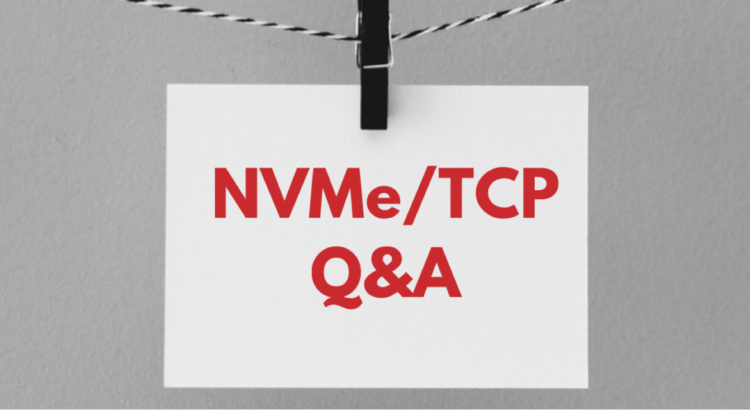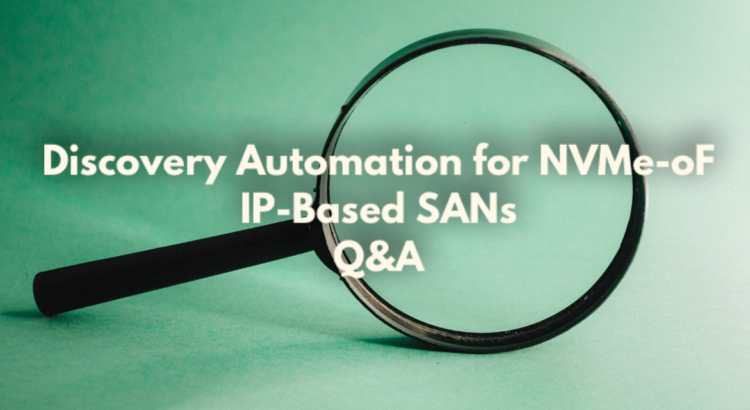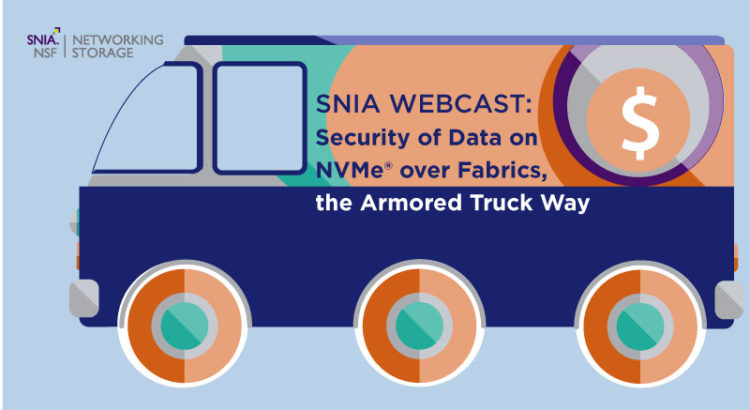Can commercial off-the-shelf technology survive in space? This question is at the heart of Hewlett Packard Enterprise’s Spaceborne Computer-2 Project. Dr. Mark Fernandez (Principal Investigator for Spaceborne Computer Project, Hewlett Packard Enterprise) and Cameron T. Brett (Chair, SNIA STA Forum) discuss this project with SNIA host Eric Wright, and you can watch that full video here, listen to the podcast, or you can read on to learn more. By utilizing enterprise SAS and NVMe SSDs, they are revolutionizing edge computing in space on the International Space Station (ISS). This breakthrough is accelerating experiment processing, like DNA analysis, from months to minutes, and significantly improving astronaut health monitoring and safety protocols.
The Role of SAS in Space Read More







 specification and ecosystem are growing in scope to include full enablement and alignment for NVMe® and NVMe-oF client workloads and use cases. By partnering with other industry-standard organizations including DMTF®, NVM Express, and OpenFabrics Alliance (OFA), SNIA’s Scalable Storage Management Technical Work Group has updated the Swordfish bundles from version 1.2.1 and later to cover an expanding range of NVMe and NVMe-oF functionality including NVMe device management and storage fabric technology management and administration.
The Need
Large-scale computing designs are increasingly multi-node and linked together through high-speed networks. These networks may be comprised of different types of technologies, fungible, and morphing. Over time, many different types of high-performance networking devices will evolve to participate in these modern, coupled-computing platforms. New fabric management capabilities, orchestration, and automation will be required to deploy, secure, and optimally maintain these high-speed networks.
specification and ecosystem are growing in scope to include full enablement and alignment for NVMe® and NVMe-oF client workloads and use cases. By partnering with other industry-standard organizations including DMTF®, NVM Express, and OpenFabrics Alliance (OFA), SNIA’s Scalable Storage Management Technical Work Group has updated the Swordfish bundles from version 1.2.1 and later to cover an expanding range of NVMe and NVMe-oF functionality including NVMe device management and storage fabric technology management and administration.
The Need
Large-scale computing designs are increasingly multi-node and linked together through high-speed networks. These networks may be comprised of different types of technologies, fungible, and morphing. Over time, many different types of high-performance networking devices will evolve to participate in these modern, coupled-computing platforms. New fabric management capabilities, orchestration, and automation will be required to deploy, secure, and optimally maintain these high-speed networks. 
